All Images
Media Advisory 17-010
NSF/NASA/NCAR press conference: What will scientists learn from the August 21 total solar eclipse?
Total solar eclipse is first to cross the U.S. in nearly a century, giving scientists unique research opportunities
This material is available primarily for archival purposes. Telephone numbers or other contact information may be out of date; please see current contact information at media contacts.
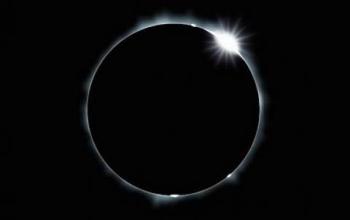
NSF, NASA, and NCAR scientists will talk about research on the August, 2017 solar eclipse.
Credit: NASA
Download the high-resolution JPG version of the image. (6.0 KB)
Use your mouse to right-click (Mac users may need to Ctrl-click) the link above and choose the option that will save the file or target to your computer.
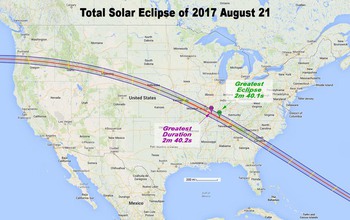
A rare event: a total solar eclipse that will cross the U.S. from coast to coast.
Credit: NASA
Download the high-resolution JPG version of the image. (252.7 KB)
Use your mouse to right-click (Mac users may need to Ctrl-click) the link above and choose the option that will save the file or target to your computer.
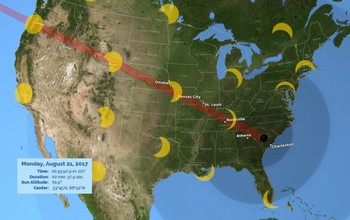
In the U.S., the August 21, 2017, solar eclipse will culminate in Charleston, South Carolina.
Credit: NASA
Download the high-resolution JPG version of the image. (85.3 KB)
Use your mouse to right-click (Mac users may need to Ctrl-click) the link above and choose the option that will save the file or target to your computer.
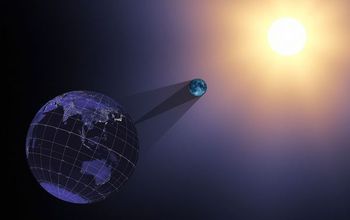
Graphic showing the positions of Earth, moon, and sun during a total solar eclipse.
Credit: NASA
Download the high-resolution JPG version of the image. (26.8 KB)
Use your mouse to right-click (Mac users may need to Ctrl-click) the link above and choose the option that will save the file or target to your computer.
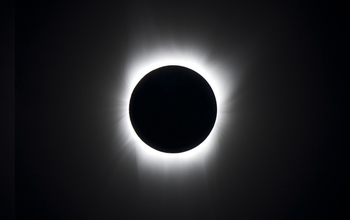
Totality: view of the sun when a total solar eclipse has arrived.
Credit: NOAA
Download the high-resolution JPG version of the image. (2.8 MB)
Use your mouse to right-click (Mac users may need to Ctrl-click) the link above and choose the option that will save the file or target to your computer.


